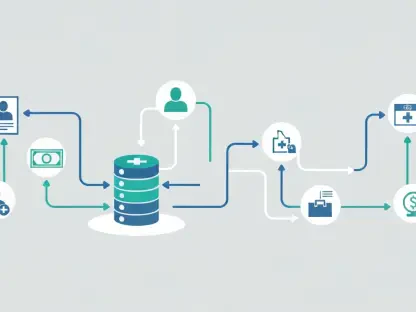OpenAI has introduced A-SWE (Agentic Software Engineer), an AI system designed to transform software development. A-SWE offers a range of capabilities beyond existing tools like GitHub Copilot, such as building applications autonomously, conducting quality assurance (QA), fixing bugs, and generating software documentation. Sarah Friar, OpenAI’s CFO, emphasized that A-SWE could handle tasks usually overseen by developers, such as pull request reviews and routine QA, enhancing productivity within engineering teams.
Despite its promising potential, A-SWE raises several concerns. The prospect of reducing the need for human engineers in certain software development tasks is troubling for many. Given OpenAI’s experience with tools like Operator and Deep Research, which failed to meet expectations and were limited to paid ChatGPT users, doubts about A-SWE’s performance persist.
A significant issue with A-SWE could be AI hallucination, where the AI might provide incorrect but confident outputs. This concern is particularly critical in software development, where accuracy is essential. While A-SWE can automate routine tasks, it may not yet possess the capability to think critically or understand complex coding challenges fully.
A-SWE is part of a broader trend toward integrating AI in software development, similar to efforts by other companies like xAI and Perplexity. These tools are mainly seen as productivity enhancers, not replacements for human engineers. They are effective at completing repetitive coding tasks, while human ingenuity and supervision remain vital for resolving more complex problems.
In conclusion, A-SWE represents a notable innovation in the tech industry, highlighting the increasing role of AI in software development. It aims to enhance efficiency by automating various aspects of the development process, although concerns about its accuracy and potential impact on employment exist. Experts suggest that while A-SWE offers substantial support, human involvement is still crucial for tackling advanced tasks. This summary encapsulates both the promise and the potential pitfalls of A-SWE, providing a balanced perspective on its functionality and limitations.









